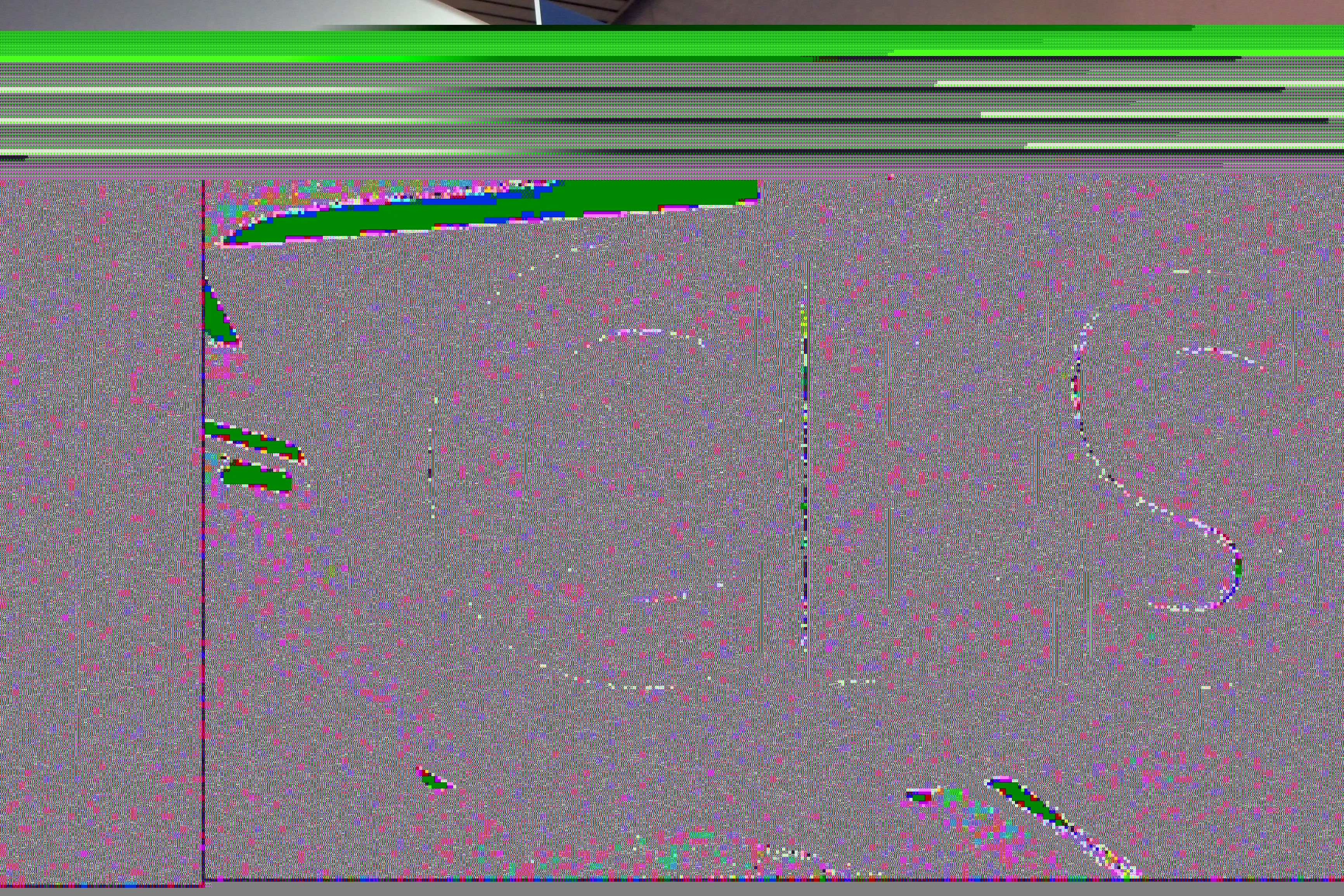Hitachi’s DI-SC120R camera includes a new feature, defog, that the camera processes in real time. Images are resolved for highly magnified stable images in foggy conditions such as urban surveillance, traffic monitoring and pole mounted applications. The camera measures each pixel for fog thickness and applies contrast to the image to offer a uniform image. The camera’s one-third inch CCD sensor provides a full resolution of 1280x720. Hitachi has combined its proprietary Digital Signal Processor (DSP) to a
January 15, 2013
Read time: 2 mins
The camera’s one-third inch CCD sensor provides a full resolution of 1280x720. Hitachi has combined its proprietary Digital Signal Processor (DSP) to a high sensitivity CCD sensor and 30 times lens to achieve a minimum subject illumination of 0.5l times.
High resolution and high power zoom facilitate the accurate capturing of video providing important evidence in many applications, including urban surveillance, licence plate capture of distant vehicles, trains. Electronic image stabilisation compensates for vibration or movement of the camera, automatically minimising image blur. Images in which the luminous intensity varies greatly indoors and outdoors, at the entrance of a building for example, are prone to the occurrence of whiteout or loss of dark detail, reducing visibility. The camera employs enhanced automatic wide dynamic range correction functionality in order to improve visibility in these conditions. This enables improved recognition of the subject even in areas of extremely large differences in illumination.
The zoom functionality enables 30 times optical zoom in high definition and achieves swift subject tracking through Hitachi’s unique high-speed auto focusing system.
The DI-SC120R provides dual protocol (AFP/EAP), wide operating temperature range of 10 to 60 degrees C, 16 bit digital output, frame noise reduction, 3-D privacy masking, motion detection, digital image flip and low power consumption and is just 50 x 60 x 89.5mm in size and weighs 260g.









